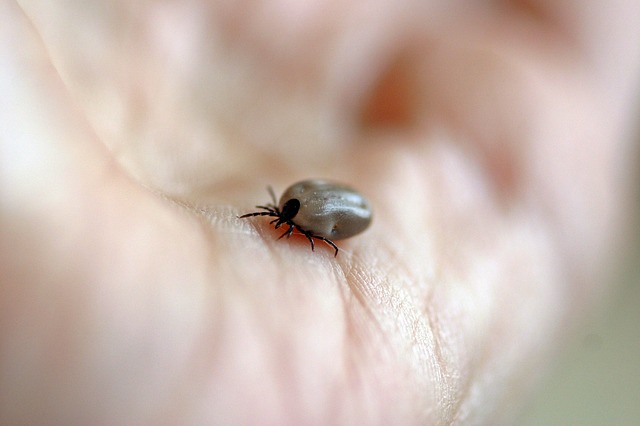Niagara’s Public Health Unit says there are a few areas in Niagara that are considered to be high risk locations for ticks.
The at-risk areas include, Rotary Park on Pelham Road in St. Catharines, Point Abino in Fort Erie, the Wainfleet Bog and Mud Lake.
There are two types of ticks in niagara. Here is some more information to help identify and understand them from the region’s website.
Blacklegged / Deer Tick
- Can carry and transmit the bacteria that cause Lyme disease
- Usually found in forested areas
- Very small and can be hard to see
- Active in early spring and late fall
- Black legged ticks have no white markings on the large part of their bodies
American Dog Tick
- The most common tick found in the Niagara region
- Does not carry the bacteria that cause Lyme disease
- Usually found in areas with long grass and tree cover
- About the size of an apple seed and reddish brown in colour
- Active in the spring and summer
- Dog ticks usually have white markings or silver-coloured spots
Removing Ticks
- With fine tip tweezers, grasp the tick’s head as close to the skin as possible
- Slowly pull the tick away from the skin until it releases. Do not twist or crush the tick. Ensure all the mouth parts have been removed, otherwise the bite can become infected.
- After removing the tick, wash the area with soap and water
Here is an informational video about ticks:
<
Submit a Tick for Testing
If you think the tick is blacklegged or you cannot identify the tick, it can be submitted in clear, dry containers or double Ziploc bags to one of the following locations from 8:30 a.m. to 4:30 p.m. for testing.
| City | Address | Phone Number |
|---|---|---|
| Thorold / St. Catharines | 1815 Sir Isaac Brock Way | 905-688-8248 |
| Fort Erie | 1264 Garrison Rd., Unit 12 | 905-871-6513 |
| Niagara Falls | 5710 Kitchener St. | 905-356-1538 |
| Welland | 200 Division St. | 905-735-5697 |
| Beamsville (Lincoln) | 4800 South Service Rd. | 905-563-8205 |
Ticks will be identified by Public Health staff within two working days. If a blacklegged tick is identified, staff will consult with you on next steps.
There is no cost for tick identification and testing.
In Niagara, blacklegged ticks have often been found in the Wainfleet bog, Mud Lake in Port Colborne and 12 Mile Creek Trail in St. Catharines. However, it is possible to find blacklegged ticks outside of these areas too. Remember to protect yourself no matter what area you are in.
Protect Yourself
- Wear light coloured clothing to help spot ticks
- Use insect repellents that contain DEET or Icaridin. Always follow the manufacturer’s instructions.
- Do daily full body checks on yourself, your children and pets after coming in from the outdoors
- Cut your grass and dispose of leaf litter where ticks can live
- Outdoor workers should shower or bath within two hours of being in forested or long grass areas
- Watch out for questionable diagnosis and treatment
For more information on Lyme disease, including symptoms, diagnosis and treatment, visit Health Canada.
To receive similar content, “Like” us on Facebook @ https://www.facebook.com/niagarabuzz.ca

















